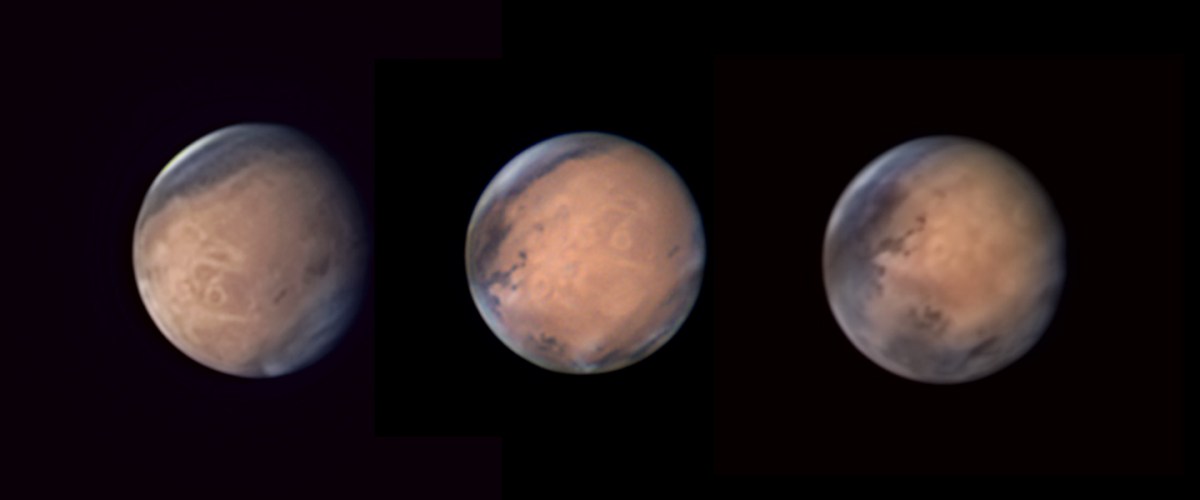Mars once supported prominent magnetic fields, like Earth does, likely in the early part of history when the planet was also much warmer and wetter. Now, the planet is cold and desiccated, writes Nautilus. But scientists think that the planet could again develop a thicker atmosphere, warmer climate, and liquid surface water.
James Green, director of NASA’s Planetary Science Division, think that these changes could help occur within a human, rather than astronomical, time frame, reports Nautilus. At the NASA Planetary Science Vision 2050 Workshop at the agency’s headquarters, Green presented simulations, models, and early thinking about how this could all happen.
First, a magnetic shield would need to be created to protect the planet from high-energy solar particles. It would consist of a close electric circuit powerful enough to create an artificial magnetic field, reports Nautilus.
“The solar system is ours, let’s take it,” Green told the workshop, according to Nautilus. “And that, of course, includes Mars. But for humans to be able to explore Mars, together with us doing science, we need a better environment.”
Green is wary of the idea that Mars will be a lot warmer in the future and will have a thicker atmosphere no matter what humans do. He thinks on its own, the process will take a very long time. To make Mars human-friendly, there needs to be a relatively small change in atmospheric pressure. But the average daily range in temperature on the planet is currently 170 degrees Fahrenheit, and it will take a lot of atmospheric modification to make that livable, writes Nautilus.
This article was featured in the InsideHook newsletter. Sign up now.
























